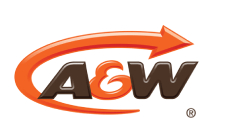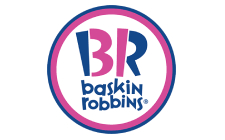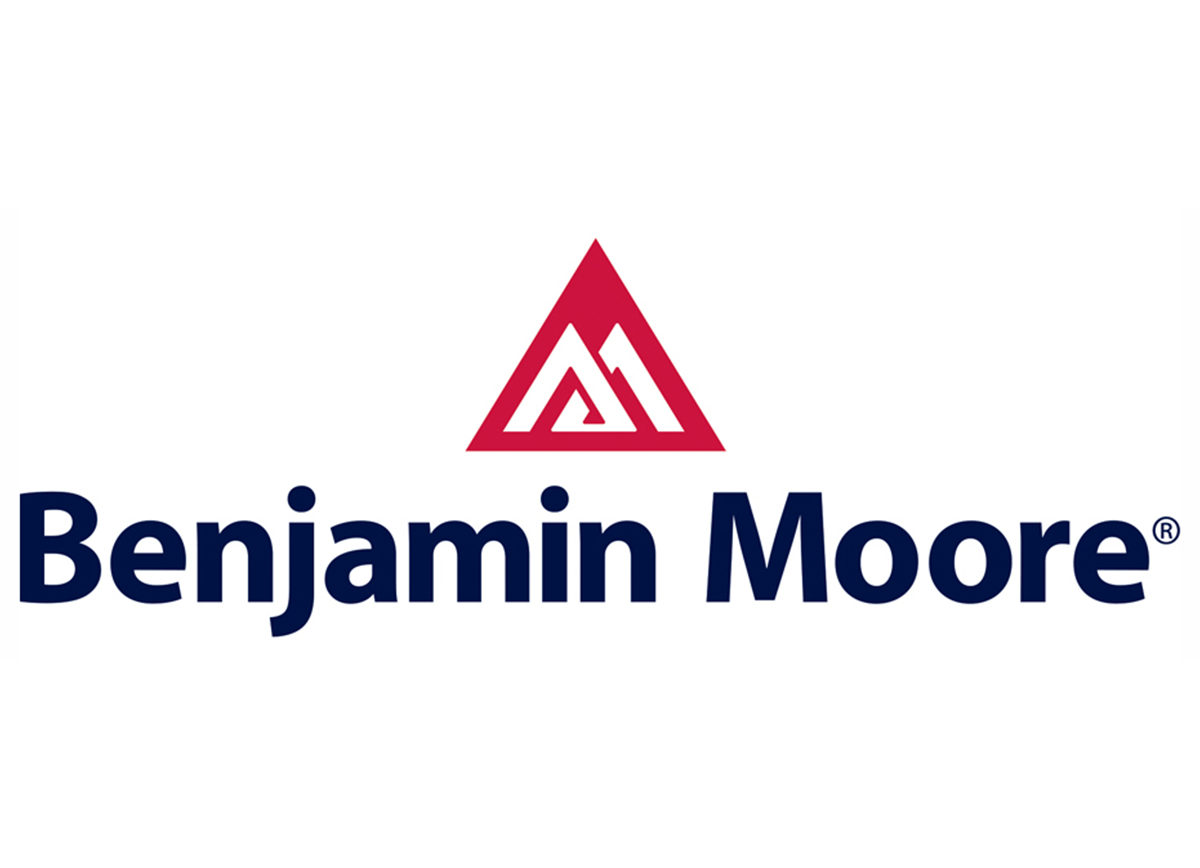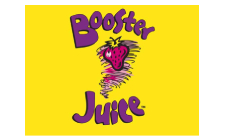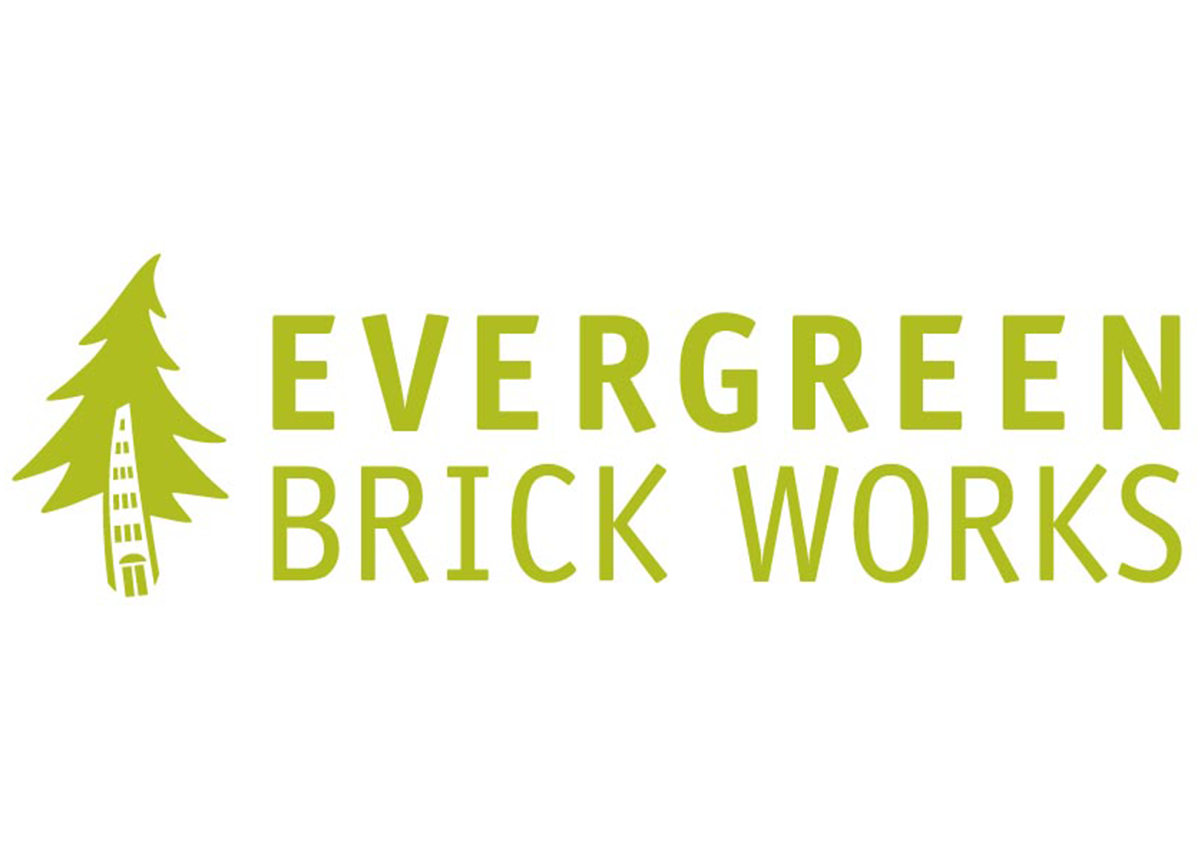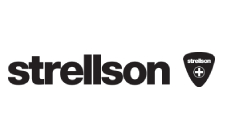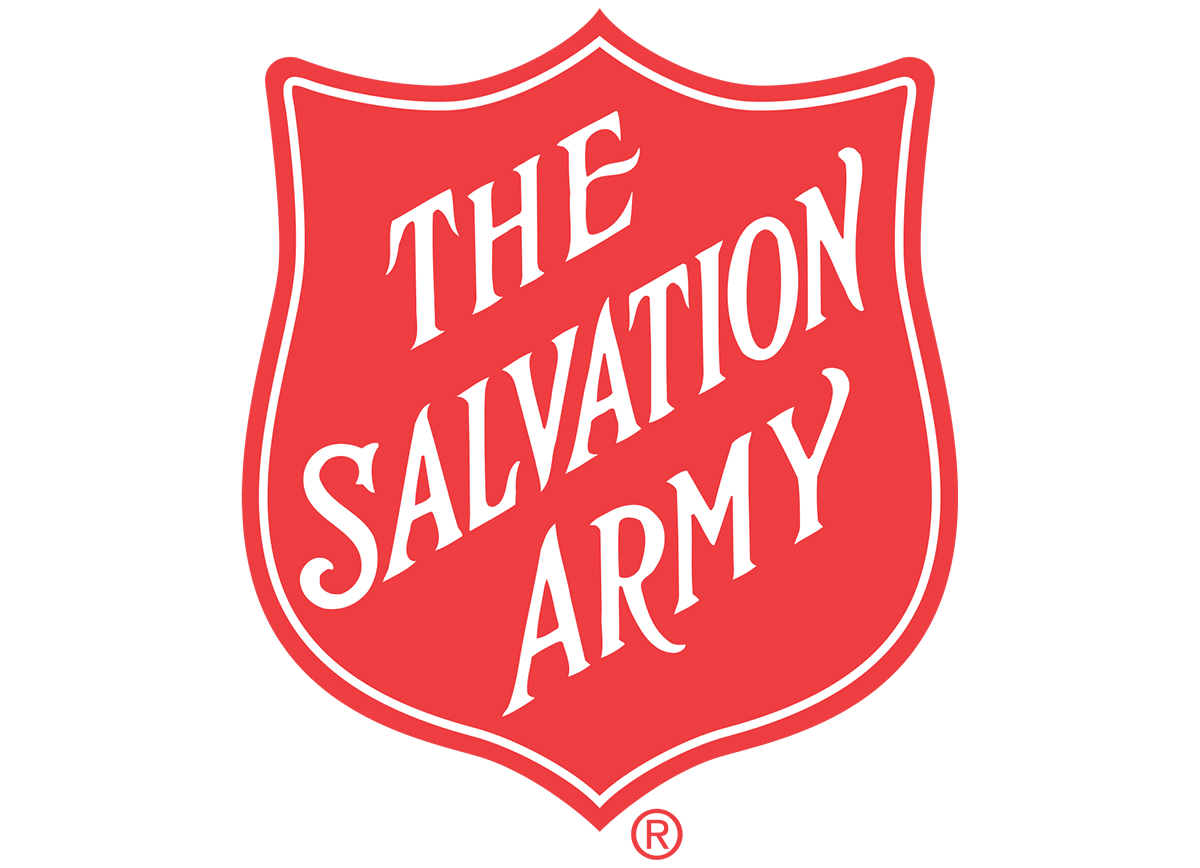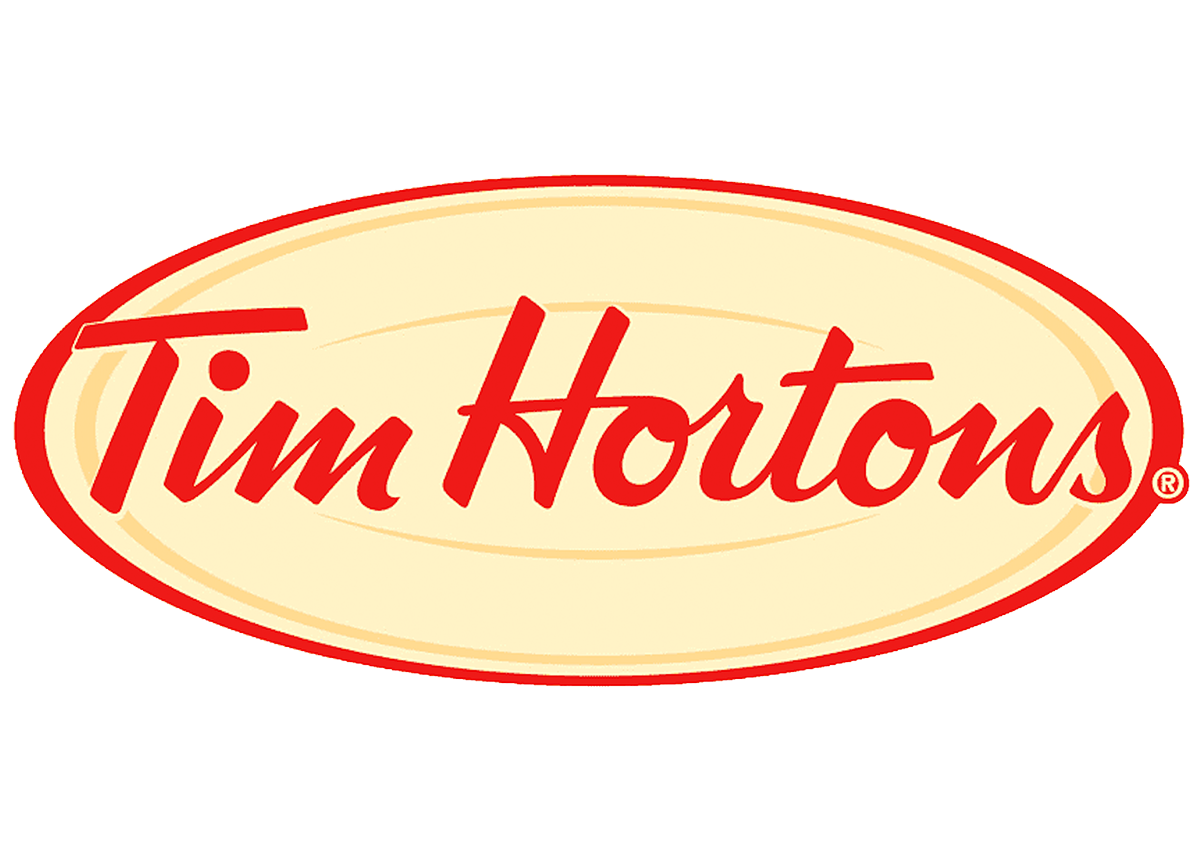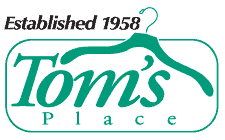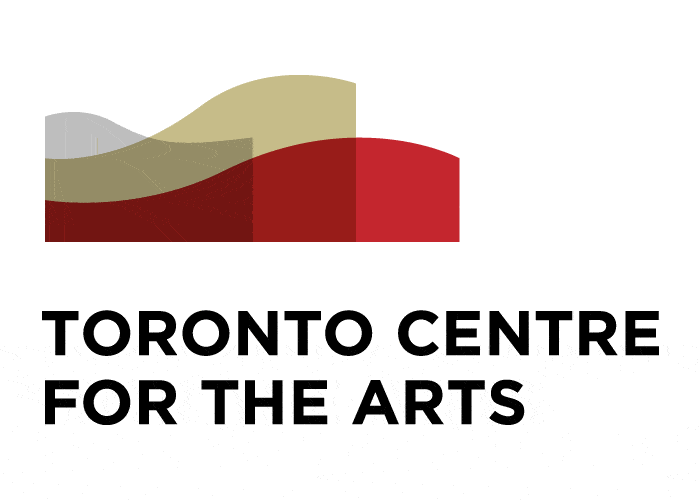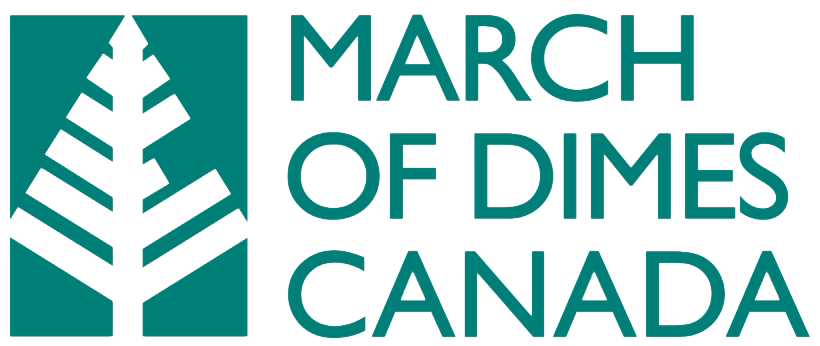Staying informed about Toronto crime rates by neighbourhood is essential for anyone who wants to make smarter decisions about safety — whether you’re a homeowner, renter, or business owner.
While citywide crime trends provide a big-picture view, neighbourhood-level crime data gives you the clearest understanding of risks in your community. At Protection Plus, we reviewed the latest reports to highlight where crime is rising, where it’s falling, and what it means for residents and businesses.
Toronto Crime Rate by Neighbourhood — Key Statistics
Toronto crime statistics reveal the 10 neighbourhoods with the most major crime indicators (MCIs) reported in 2024, as well as the 10 neighbourhoods with the fewest. All of the following data is from the Toronto Police Service (TPS).
1. West Humber-Clairville experienced the most crime in 2024, with 1,355 MCI reports
As of September 2025, this neighbourhood had 839 MCI reports, a 16% drop from 948 at the same point the previous year. However, West Humber-Clairville continues to lead the city in crime.
2. Lambton Baby Point had the lowest Toronto crime rate by neighbourhood in 2024, with 72 MCI reports
Lambton Baby Point had a total of 25 MCI reports as of September 2025 — a 52.8% drop compared to 53 by the same point in 2024. As of September 2025, this neighbourhood continues to have the lowest number of MCIs in Toronto.
3. Mimico-Queensway saw a 51% increase in MCIs to 1,054 from 2023 to 2024 — the most significant increase in the city
This Toronto neighbourhood continues to see a steep rise in crime in 2025, with 788 MCIs reported as of September. This is a 22.4% year-to-date increase over the 644 MCI reports in Mimico-Queensway by September the previous year.
These five neighbourhoods saw the steepest increases in MCI reports from 2023 to 2024:
- Mimico-Queensway increased 51.4% to 1,054.
- Woodbine-Lumsden increased 40% to 91.
- Yonge-Eglington increased 36.2% to 297.
- Elms-Old Rexdale increased 32.6% to 183.
- Humber Heights-Westmount increased 30% to 130 reports.
4. MCI reports in Forest Hill North dropped 41% to 110 from 2023 to 2024
The Toronto neighbourhood has continued to see a decrease in MCIs in 2025, with 61 reports as of September — a 24.7% drop from 81 at the same point in 2024.
These neighbourhoods experienced the most significant decreases in MCI reports from 2023 to 2024.
- Forest Hill North decreased 41.5% to 110.
- Kingsway South decreased 40.6% to 136 reports.
- Princess-Rosethorn decreased 39.5% to 141.
- Forest Hill South decreased 38.8% to 137.
- Leaside-Bennington decreased 35.7% to 146.
5. In 2024, 5 homicides were reported in Weston — more than any other Toronto neighbourhood
This represents nearly 6% of the total 85 homicides reported in Toronto that year. However, the previous year, one homicide was reported in that neighbourhood, and as of September 2025, no homicides had been reported.
The following crimes were reported in Weston in 2024, including the homicide rate by neighbourhood per 100,000 residents based on its population of 21,585:
- Homicide: 5 (rate: 23.16)
- Assault: 257 (rate: 1190.64)
- Shooting: 8 (rate: 37.06)
- Robbery: 56 (rate: 259.44)
- Auto theft: 90 (rate: 416.96)
- Theft from motor vehicle: 70 (rate: 324.3)
- Bicycle theft: 12 (rate: 55.59)
- Break and enter: 53 (rate: 245.54)
- Theft over $1,000: 8 (rate: 37.06)
Year-to-date in September 2025, the Toronto neighbourhood with the most reported homicides is Bendale-Glen Andrew, with two reports, while citywide homicides have dropped 50.8% year-over-year to a total of 30 homicides.
Toronto Crime Rate by Neighbourhood — Top 10 and Bottom 10
Top 10 Toronto neighbourhoods with the most crime
Toronto’s highest-crime neighbourhoods in 2024 were West Humber-Clairville, Mimico-Queensway, and Downtown Yonge East. While West Humber-Clairville, Moss Park, and other areas have seen year-over-year declines, others such as Mimico-Queensway and St. Lawrence-East Bayfront have experienced significant recent increases.
|
Neighbourhood |
2024 MCI Reports |
% Change vs. 2023 |
2025 YTD (to Sept) |
% Change YTD 2025 vs. 2024 |
|
West Humber- |
1,355 |
↓ 14.1% |
839 |
↓ 11.5% |
|
Mimico- |
1,054 |
↑ 51.4% |
788 |
↑ 22.4% |
|
Downtown Yonge East |
978 |
↓ 2.7% |
555 |
↓ 20.6% |
|
York University Heights |
969 |
↓ 12.8% |
651 |
↓ 0.9% |
|
Moss Park |
933 |
↓ 3.0% |
623 |
↓ 6.7% |
|
Yonge-Bay Corridor |
879 |
↑ 3.4% |
609 |
↑ 3.0% |
|
Kensington- |
843 |
↑ 4.2% |
518 |
↓ 12.9% |
|
St. Lawrence- |
794 |
↑ 14.1% |
525 |
↓ 5.4% |
|
Wellington Place |
774 |
↑ 3.5% |
505 |
↓ 7.8% |
|
NSA |
764 |
↑ 13.7% |
502 |
↓ 2.9% |
Top 10 Toronto neighbourhoods with the least crime
The following 10 neighbourhoods had the lowest number of MCI reports in 2024. We’ve included the percentage of change over the previous year and the year-to-date reports as of September 2025.
|
Neighbourhood |
2024 MCI Reports |
% Change vs. 2023 |
2025 YTD (to Sept) |
% Change 2025 YTD vs. 2024 |
|
Lambton Baby Point |
72 |
↓ 7.7% |
25 |
↓ 52.8% |
|
Guildwood |
89 |
↓ 11.9% |
48 |
↓ 18.6% |
|
Woodbine- |
91 |
↑ 40.0% |
61 |
↑ 7.0% |
|
Blake-Jones |
105 |
↓ 27.6% |
61 |
↓ 11.4% |
|
Forest Hill North |
110 |
↓ 41.5% |
61 |
↓ 24.7% |
|
Caledonia- |
111 |
↓ 10.5% |
88 |
↑ 14.3% |
|
Avondale |
113 |
↑ 1.8% |
87 |
↑ 40.3% |
|
Centennial Scarborough |
117 |
↓ 1.7% |
84 |
0% |
|
Maple Leaf |
117 |
↓ 9.3% |
72 |
↓ 24.2% |
|
Pleasant View |
120 |
↓ 14.9% |
82 |
↑ 3.8% |
These areas recorded the lowest neighbourhood crime rates in Toronto in 2024, with Lambton Baby Point and Guildwood standing out as the safest communities. While areas like Forest Hill North and Blake-Jones saw notable decreases, Woodbine-Lumsden and Avondale recorded sharp increases compared to the previous year.
Toronto Crime Rate by Neighbourhood — Homicide Map
The map below from the Toronto Police Public Safety Data Portal reveals the location of every homicide reported in the city of Toronto from 2004 to September 2025. Blue markers indicate homicides reported from approximately the past 5 years, from 2021 to September 2025, and gray markers indicate homicides reported from 2004 to 2020:

As we’ve mentioned, Toronto recorded 85 homicides in 2024, and five of those were in the Weston neighbourhood.
Additionally:
- There were three reported homicides in Black Creek, Rockcliffe-Smythe, and Scarborough Village.
- There were two reported homicides in Agincourt North, Alderwood, Banbury-Don Mills, Beechborough-Greenbrook, Bendale-Glen Andrew, Blake-Jones, Briar Hill-Belgravia, Downtown Yonge East, Dufferin Grove, Englemount-Lawrence, Harbourfront-CityPlace, Mimico-Queensway, Mount Olive-Silverstone-Jamestown, Oakridge, Oakwood Village, Pelmo Park-Humberlea, Regent Park, Roncesvalles, and West Hill.
- There was one reported homicide each in Broadview North, Brookhaven-Amesbury, Clanton Park, Corso Italia-Davenport, Dorset Park, East L’Amoreaux, Etobicoke West Mall, Forest Hill North, Hillcrest Village, Ionview, The Junction, Lansing-Westgate, Lawrence Park South, Long Branch, Morningside, Moss Park, New Toronto, North St. James Town, Oakdale-Beverley Heights, Pleasant View, Princess Rosethorn, Rexdale-Kipling, Runnymede-Bloor West Village, Rustic, South Parkdale, The Beaches, Wellington Place, West Humber-Clairville, Weston-Pelham Park, Wexford/Maryvale, Yonge-Bay Corridor, York University Heights, and Yorkdale-Glen Park.
Two homicides were not assigned to specific neighbourhoods in the dataset.
Toronto Crime Rate by Neighbourhood
The following maps show the rate of specific crimes reported across Toronto neighbourhoods. These include homicide, assault, shooting, robbery, auto theft, theft from a motor vehicle, bicycle theft, break and enter, and theft over $1,000.
1. Homicide Rate by Neighbourhood

In 2024, homicides were concentrated in southwestern neighbourhoods, including Alderwood, Long Branch, New Toronto, and Mimico-Queensway. However, they were also spread across other neighbourhoods in the western half of the city, such as Black Creek and Princess-Rosethorn, as well as some downtown and eastern neighbourhoods. Homicides were less likely to occur in central or downtown areas.
2. Assault Rate by Neighbourhood

Assaults tended to cluster in downtown neighbourhoods like Yonge-Bay Corridor, Church-Wellesley, and Moss Park, as well as some northern, southwestern, and eastern neighbourhoods, like West Hill. They were less common in central, northern, and northeastern neighbourhoods.
3. Shooting Rate by Neighbourhood

Shootings occurred at a higher rate in northwestern and northeastern Toronto, in neighbourhoods like York University Heights, Humber Summit, and Morningside Heights. There were significantly fewer reports of shootings in the centre of the city, except Kensington-Chinatown and Regent Park.
4. Robbery Rate by Neighbourhood

Robberies occurred at an elevated rate throughout downtown Toronto, with many neighbourhoods in the area seeing a robbery rate of 145 to 443. Also, neighbourhoods in the northern areas of the city had some of the highest rates, from West Humber-Clairville to Milliken.
5. Auto Theft Rate by Neighbourhood

Auto thefts in Toronto were widespread but more likely to occur outside of the city centre, from West Humber-Clairville to Morningside Heights, down to Cliffcrest, and across to Etobicoke City Centre.
6. Theft from Motor Vehicle Rate by Neighbourhood

Theft from motor vehicles was concentrated in downtown Toronto neighbourhoods as well as in southern, western, and eastern areas. For example, South Riverdale, Etobicoke City Centre, West Hill, Oakdale-Beverley Heights, Wexford/Maryvale, and many other neighbourhoods saw this property crime rate in the highest range of 308 to 1,314.
7. Bicycle Theft Rate by Neighbourhood

Bicycle theft was prevalent near the city centre in neighbourhoods like Palmerston-Little Italy, Trinity Bellwoods, and Little Portugal. Southern areas like St. Lawrence-East Bayfront-The Islands and South Riverdale also saw high bicycle theft rates. Most neighbourhoods away from the city centre saw relatively few or no bicycle thefts.
8. Break-and-Enter Rate by Neighbourhood

Break-and-enter was more prevalent in central and western Toronto, particularly in neighbourhoods such as Kensington-Chinatown, Bridle Path-Sunnybrook-York Mills, and Islington. Break-and-enter was significantly less common in eastern Toronto, with rates ranging from 38 to 117 in most neighbourhoods.
9. Theft Over $1,000 Rate by Neighbourhood

Theft over $1,000 occurred at a higher rate in many neighbourhoods near the city centre or south central Toronto, such as North St. James Town, Fort York-Liberty Village, and Dufferin Grove. Neighbourhoods scattered around the state, such as Newtownbrook West, Milliken, and Bendale-Glen Andrew, also saw theft rates at the highest range of $1,000 or more, with 75 to 289 incidents.
What Toronto Crime Rates by Neighbourhood Reveal
Toronto crime rates by neighbourhood highlight key differences across the city. While data sources reveal year-over-year declines in some areas, others face sharp increases in MCIs. Here are some key takeaways:
- High-crime areas like West Humber-Clairville, Mimico-Queensway, and Downtown Yonge East continue to report the most MCI cases.
- Low-crime neighbourhoods such as Lambton Baby Point and Guildwood consistently rank among the safest, with the fewest police-reported incidents.
- Shifting trends are evident: Mimico-Queensway has seen a sharp rise in crime, while Forest Hill North and Kingsway South report significant decreases.
- Violent crime (homicides, shootings, assaults) is more concentrated in certain western, northern, and downtown neighbourhoods.
- Property crimes such as auto theft, bicycle theft, and break-and-enter remain more widespread, often affecting both high- and low-crime communities.
These trends reveal that crime in Toronto is highly localized, making neighbourhood-specific data essential for safety planning.
How Protection Plus Can Help
Toronto crime rates by neighbourhood show that safety risks vary widely across the city. That’s why having reliable security in place is essential. Since 1994, Protection Plus has helped over 25,000 homeowners and businesses safeguard what matters most. Our Toronto-based team designs and installs customized solutions — from smart alarms to video surveillance and access control.
Whether for your home, rental, or business, we’ll provide the proper protection backed by more than 30 years of local expertise. Contact us today for a free, no-obligation quote.
Toronto Crime Rate by Neighbourhood — FAQs
The following are frequently asked questions about the Toronto crime rate by neighbourhood.
What is the safest area in Toronto?
Toronto Police crime reporting shows that Lambton, Baby Point and Guildwood ranked among the safest neighbourhoods in 2024. Both reported very low major crime indicators with no homicides.
Are there areas to avoid in Toronto?
Some Toronto neighbourhoods, like St. James Town and Moss Park, record higher rates of crime due to dense populations and socioeconomic challenges. Awareness and caution are advised in these areas.
Is crime low in Toronto?
Yes. Compared to many U.S. cities, Toronto — Canada’s largest city — has lower violent crime rates. Most incidents in Ontario’s capital are property-related and concentrated in specific neighbourhoods.
Is it safe to walk in Toronto at night?
Generally, yes, especially in busy areas like the downtown core. Avoid walking alone in isolated parks or poorly lit streets after dark.
Is the Toronto subway safe at night?
The TTC is widely used, but some riders may feel less safe on the subway at night compared to buses or streetcars. Travel with others when possible.
- Access Control
- Alarm monitoring
- Alarm Systems
- cannabis
- cannabis retailer
- CCTV Cameras
- Childproof Doors
- Commercial Security
- Construction Security
- Cybersecurity
- Digital Safety
- Door Bell
- Ethernet
- fire
- flood
- garage
- General Category
- Halloween
- holiday
- home
- home automation
- Home Safety
- Home Security
- Home Security System
- In the News
- intercom
- internet
- life insurance
- Locksmith
- Move Ahead
- moving
- MUL-T-LOCK
- natural disasters
- New Years
- Office Security
- Personal Safety
- Pet Protection
- real estate
- Safes
- Safes
- safety
- school
- Security Cameras
- Security Film
- Security Industry News
- Security Systems
- Security Tips
- security window film
- Senior Safety
- shoplifting
- Small Business
- Small Business security
- social media
- social network
- Sports Safety
- summer
- vacation
- Video Alarm Monitoring
- web
- web surfing
- Webdesign
- Window Film
- winter
- Workplace safety












